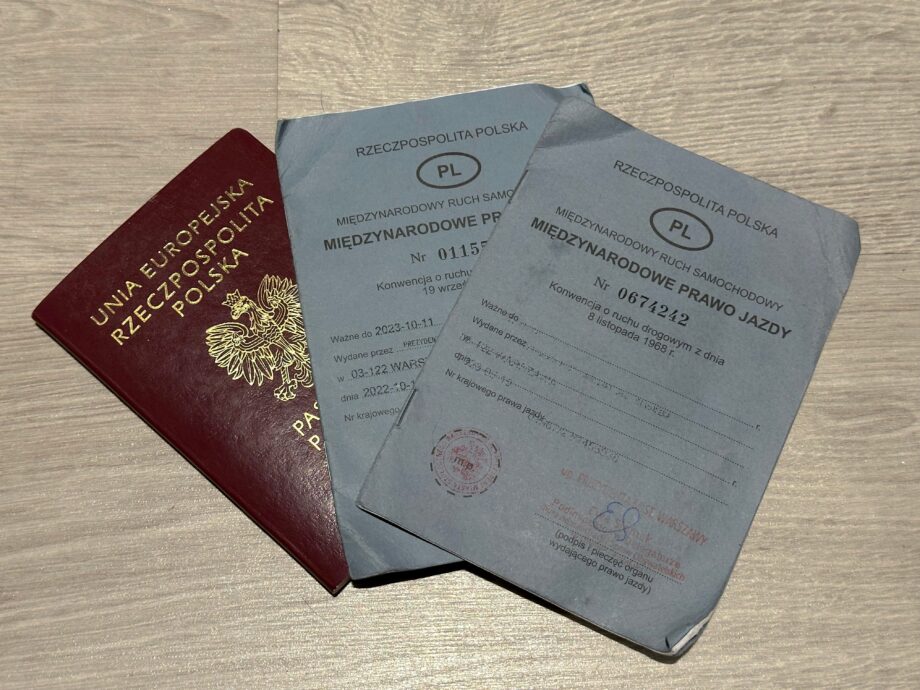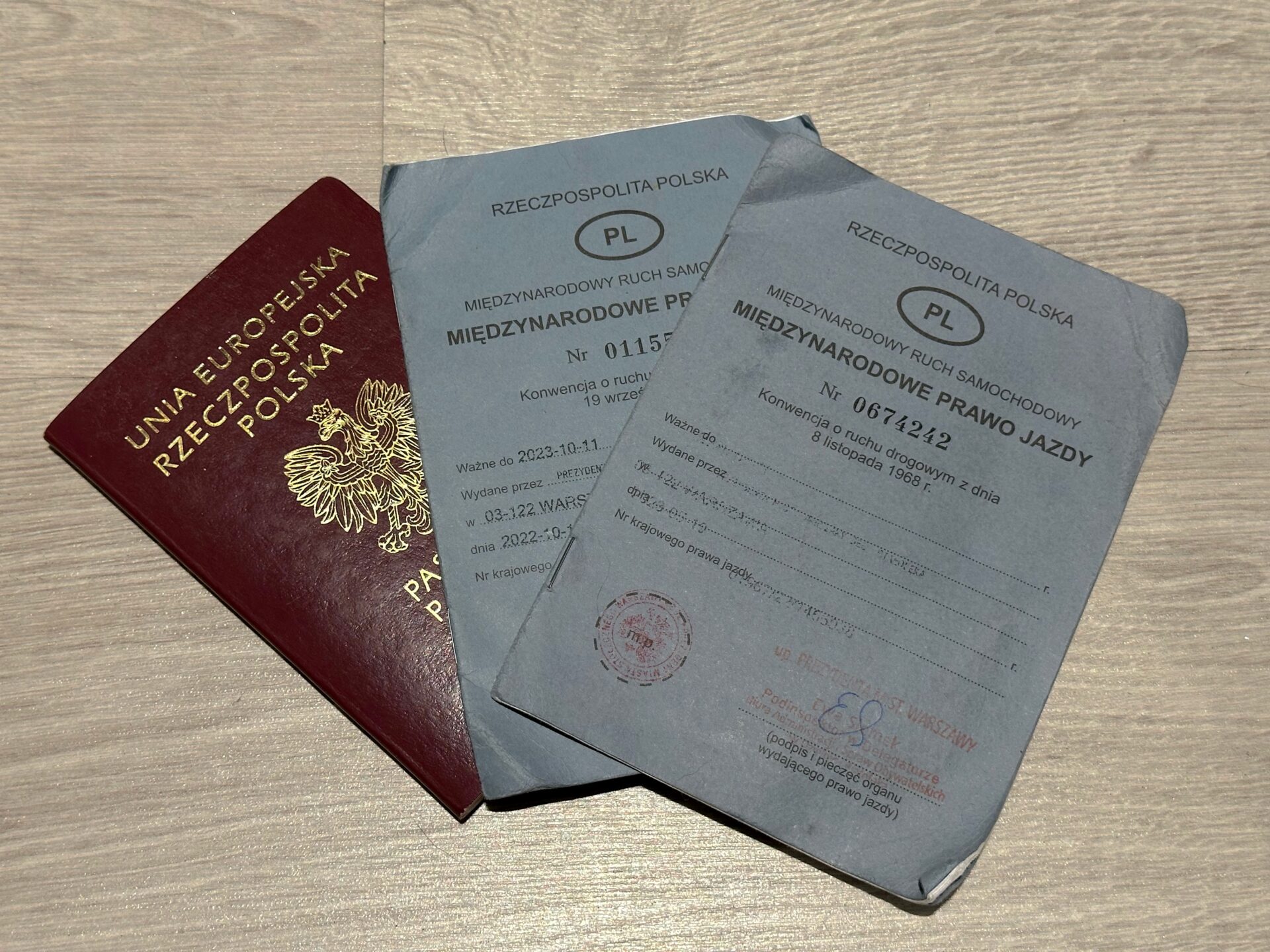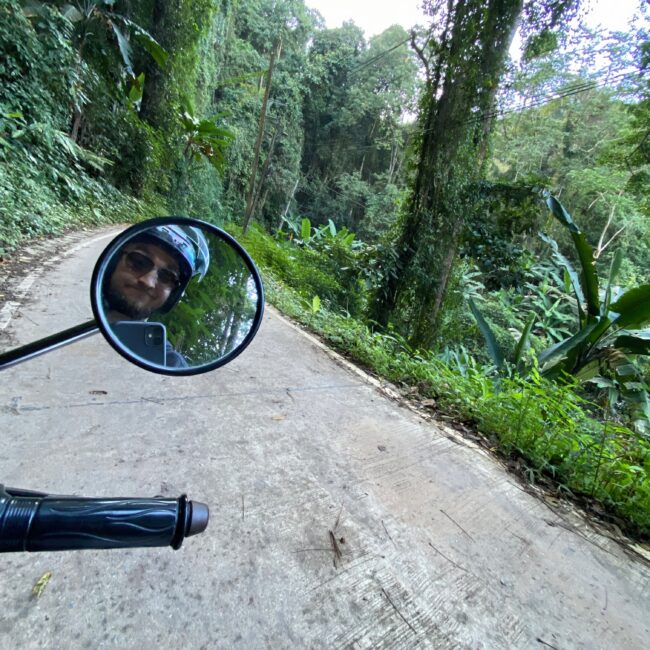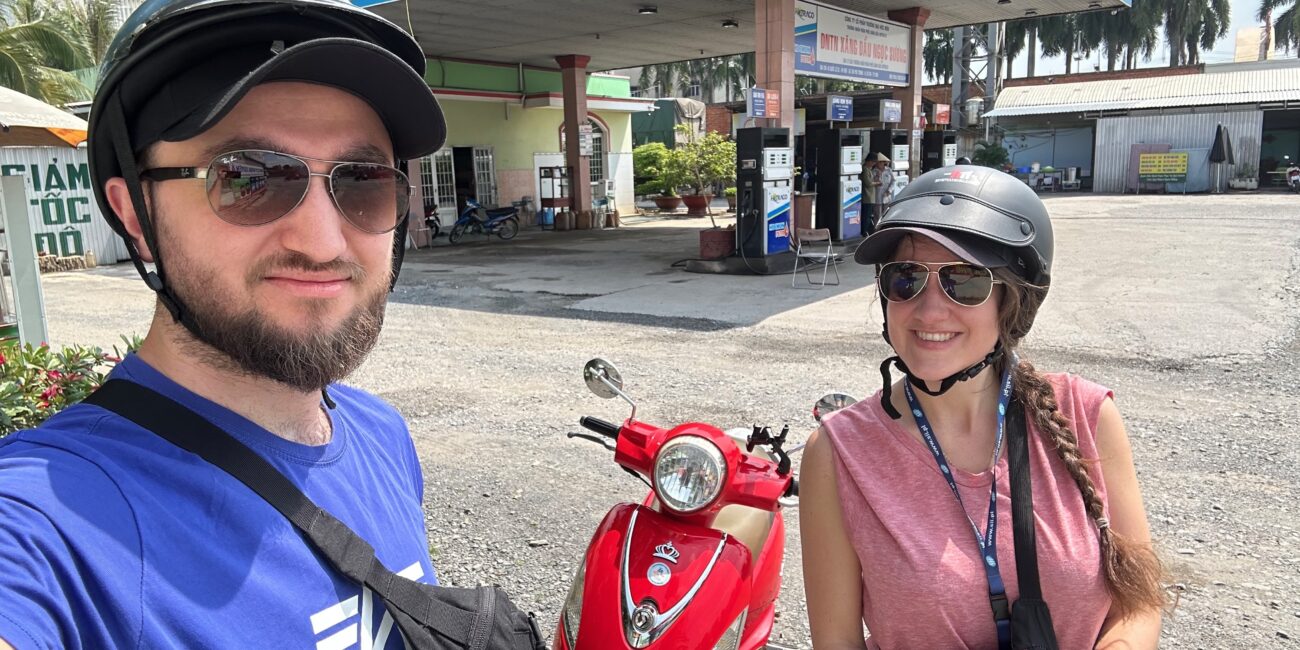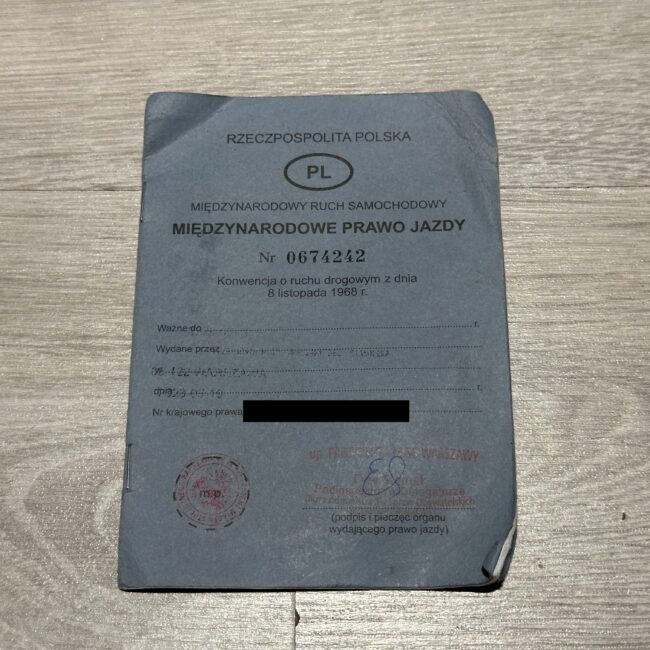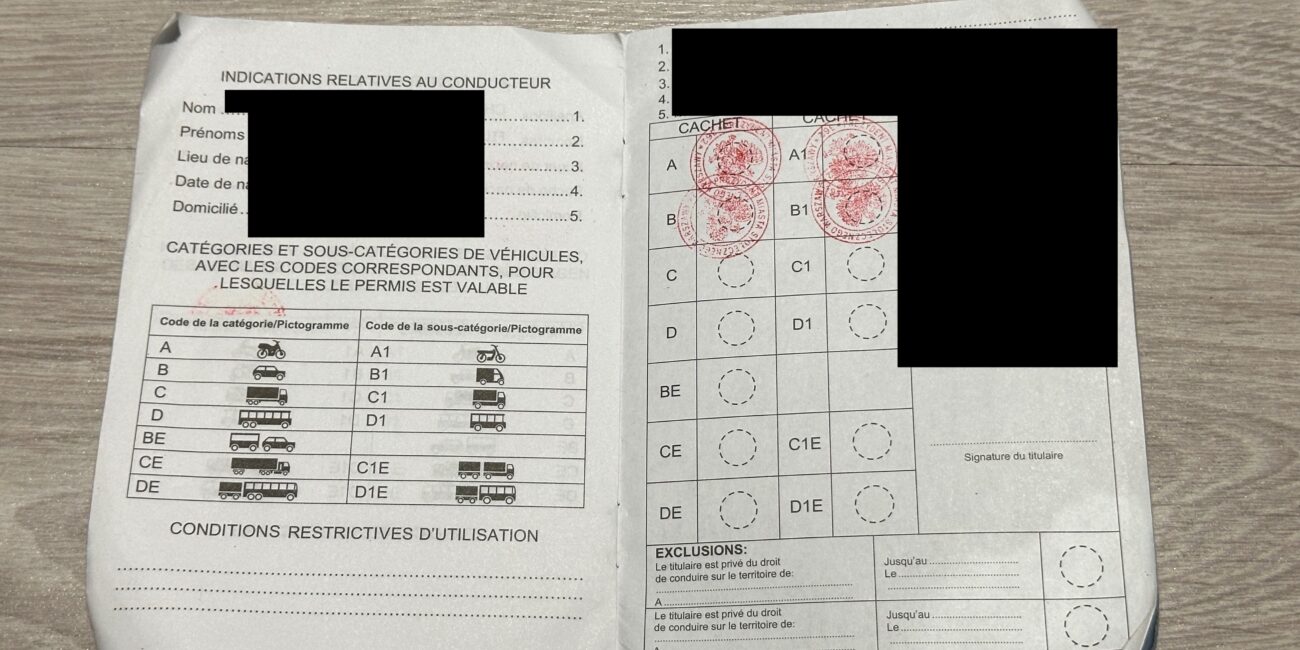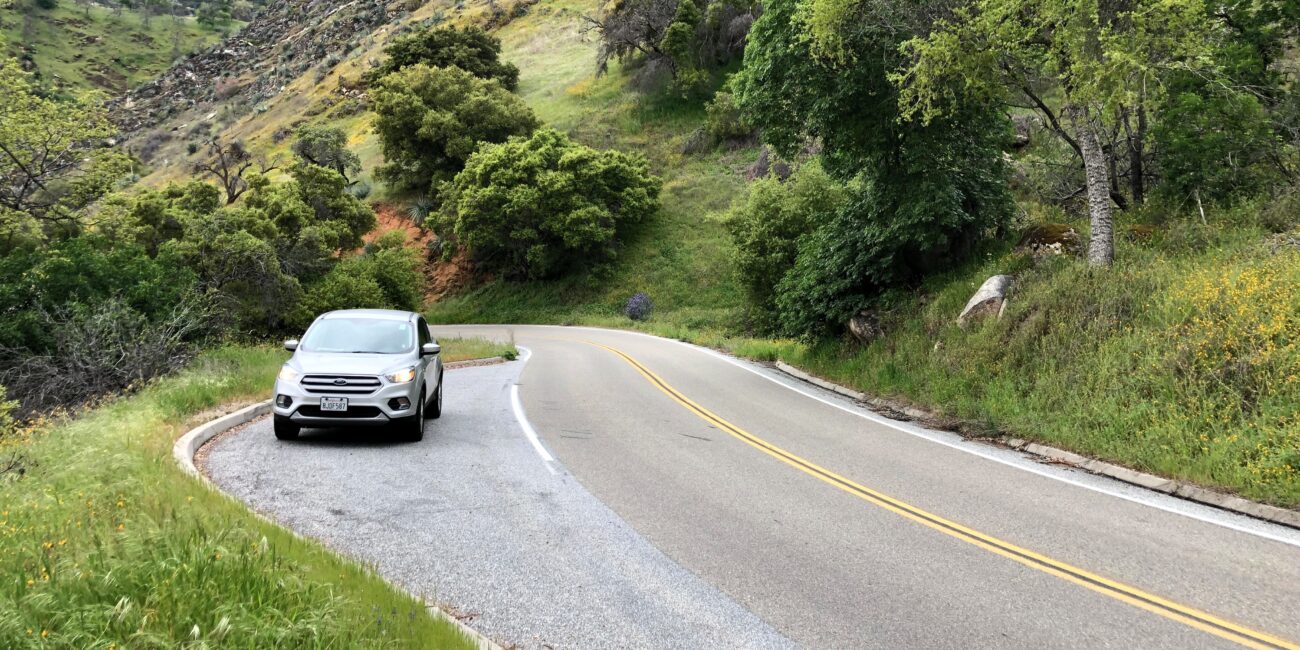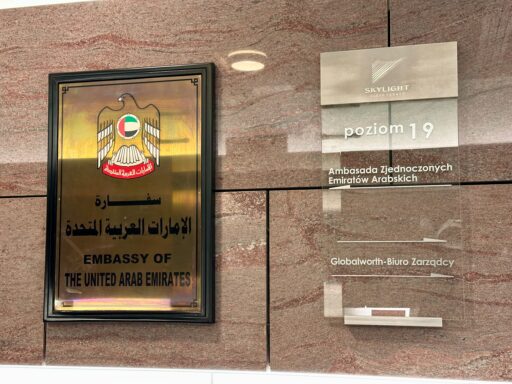This post is also available in:
Polski
Hello! 👋
When planning a trip abroad, we often make lists of places to visit, book accommodations, and check out local attractions. But what if we want the freedom to explore by car? In some countries, our European driver’s license may not be enough — and that’s where the International Driving Permit (IDP) comes in. Do we actually need one? What are the rules for using an IDP, where can we get it, and is it truly necessary? This article will answer these questions and help you get ready for the open road abroad.
What is an International Driving License?
An International Driving Permit (IDP) lets you drive legally in countries that recognize it. It translates your national driver’s license into multiple languages, making it easier for foreign authorities to verify your driving rights. The IDP doesn’t replace your original license; it serves as a supplement and only works alongside your national license.
The IDP proves especially useful outside the European Union, where some countries require additional proof of driving privileges. There are two IDP versions, based on different conventions: the 1949 Geneva Convention and the 1968 Vienna Convention.
- The 1949 Geneva IDP is valid for one year and applies in countries that didn’t adopt the 1968 Vienna Convention. This IDP requires renewal every year.
- The 1968 Vienna IDP remains valid for up to three years or until your national license expires, whichever comes first. It’s widely accepted throughout Europe and in countries that ratified the Vienna Convention.
Choosing the correct version of the International Driving Permit (IDP) is essential, especially if you plan to visit countries that recognise only one of the two conventions (1949 Geneva or 1968 Vienna). Checking specific country requirements before your trip helps you avoid potential issues and ensures you are driving in full compliance with local regulations.
When and why is it necessary?
The International Driving Permit (IDP) is useful when renting a car or driving in countries that don’t recognize European driver’s licenses. In Europe, these documents are standardized in both format and vehicle categories, such as “B” for passenger cars. However, outside the EU, many countries don’t follow this standard, which can complicate recognition of driving privileges. In some places, vehicle symbols rather than letters indicate permitted vehicle types, which may confuse local authorities unfamiliar with European licenses.
The International Driving Permit (IDP) is a booklet larger than a passport, which can feel a bit bulky to carry. With frequent use, the print on the cover can start to wear off, leading to quicker deterioration and potentially requiring a replacement sooner than expected.
How to get this document in Poland?
To get an International Driving Permit (IDP) in Poland, visit your local communications department, such as city hall or a county office, based on your place of residence. Only these official offices in Poland are authorized to issue the IDP. Avoid using online intermediaries that charge fees to obtain the IDP, as they often have high costs for a process that is simple to complete in person. Additionally, documents from these third parties may not be officially recognized.
The cost of applying for a driver’s license is currently 35 PLN, and you should bring it with you when you apply:
- Completed IDP application,
- Actual photo,
- Valid Polish driver’s license,
- Proof of payment
Additional information can be found on government and local administration websites:
Where does the International Driving Permit apply?
The International Driving License is valid in countries acceding to two major conventions: Geneva (1949) and Vienna (1968).
Countries signing the Geneva Convention include the United States, Canada, Japan, Australia, India, New Zealand, Thailand and the Philippines. The full list can be found on the UN website – 👉 click here.
The Vienna Convention is recognized in many European countries, including France, Germany, Italy, Poland, and most EU member states. It’s also accepted in parts of the Middle East and Latin America. For a complete list of countries that have ratified the Vienna Convention, check the official page – 👉 click here.
From a traveler’s life
📌 Be sure to read our article on delayed flight compensation ✈️ – there you will find practical advice on how to successfully claim your rights.
📌 What about in case of damaged luggage? To ensure coverage, report the damage immediately upon receiving your luggage. Document the problem with photos and request a written damage report from the airline before leaving the airport.
📌 If your flight was delayed or canceled, or perhaps you were affected by an airline strike, it’s worth checking to see if you’re entitled to compensation. Use AirHelp or AirCashBack to quickly and easily verify if you are entitled to compensation. Both platforms will help you through the process of claiming compensation – you don’t have to worry about the formalities, and getting your money back may be easier than you think!
📌 Did the airline send your luggage to Cambodia instead of New York? Learn how to request a refund for essential purchases and know your rights when luggage is delayed or lost.

